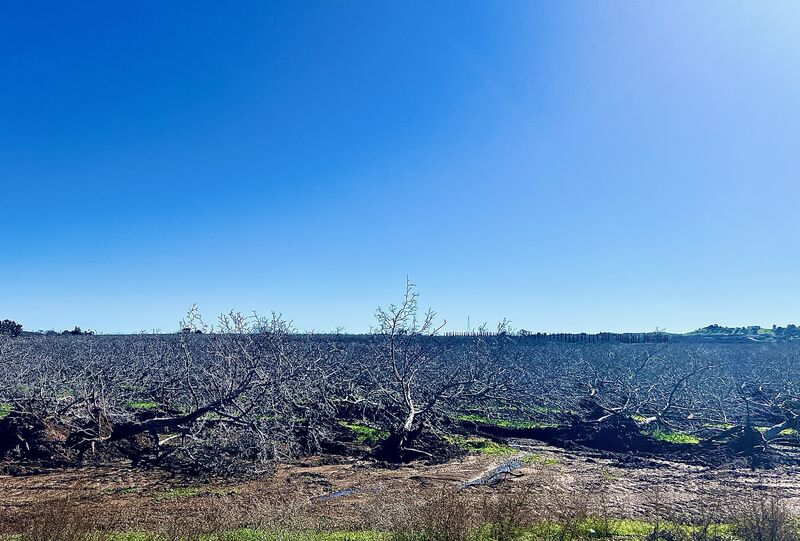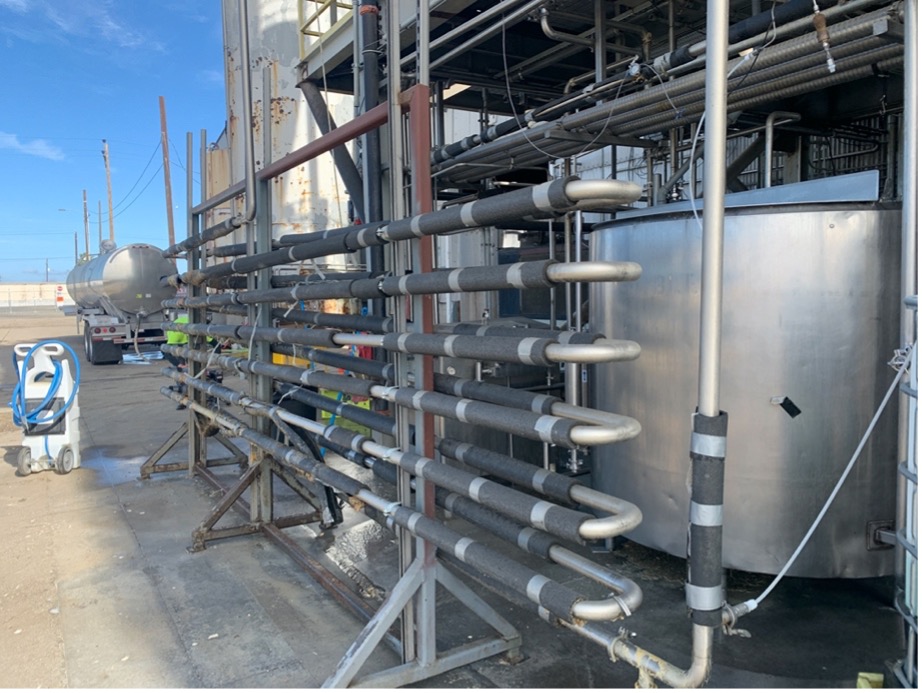When you or a client need an equipment appraisal, the first step should be generating an asset list. Not just “oh, we have a lot of construction equipment,” but a solid, comprehensive asset list. Why is this? Because when you call an equipment appraiser to get a quote and timing, the first thing an experienced appraiser will ask is what exactly needs to be appraised and where it is. Those questions can only be answered if you already have in-hand a comprehensive list of the items to be included in the equipment appraisal.
Putting together a useful asset list is straightforward. Anyone can set up a simple, adequate equipment list: use an excel spreadsheet with multiple columns for the various identifying component of each piece of equipment or machinery to be appraised. Certainly your equipment appraiser can create an asset list as part of an inspection; in most cases, however, an equipment asset list can be created much more efficiently by using in-house staff or a temp service. An appraiser would need to charge the usual billable rate to have this information collected and entered into a spreadsheet.
No matter who creates the asset list spreadsheet, these columns should be included:
- Client Asset #
- Location
- Year
- Make
- Model
- Description (important info as appropriate: measurements, 4wd, cab size, engine size, number of axles, processor speed, capacity, maximum through-put, etc. )
- Meter count: hours / odometer, etc.
- Serial number or VIN
- In many cases we may also need the date purchased, indication if it was purchased in new or used condition and the price paid for the asset.
Most folks, when asked for an equipment list, send us a copy of their most recent depreciation schedule. That’s not a real equipment list. In fact, a depreciation schedule can be very misleading. In fact, early in my equipment appraisal career I realized that using a depreciation schedule as an asset list involves several inherent problems:
- Ghosts are assets that are on the depreciation schedule but have been disposed of. Often these have been fully depreciated and removed from on-going operation.
- Zombies are assets that exist and are part of on-going operations but aren’t on the depreciation schedule for one reason or another:
- Many items are purchased using a IRC § 179 deduction of $250,000 per year and are never recorded on the depreciation schedule.
- Items made in-house can be quite valuable but since all the inputs (labor and parts) were expensed during production, the final product is never recorded on the depreciation schedule.
- Corpses are assets that are fully depreciated and still on the depreciation schedule but are not being used in the on-going operations of the company. Many of these items are in the boneyard and being used only for parts … or nests for hornets.
- Item descriptions on the depreciation schedule often lack enough detail to be useful. Imagine how difficult it would be to value something listed as a 2004 Ford truck!
- Capital improvements to existing items are listed as separate line items, giving the appearance that there are more items than really exist.
It’s worth noting that the basic equipment list summarized above is designed to be used for a sales comparison approach to equipment valuation, the most common of the three approaches to value that equipment appraisers use when researching values. If a particular valuation calls for a different approach to value, the cost approach for example, more information may be needed — such as the purchase price and date of acquisition for new equipment.
If you have questions about creating an asset list for your equipment appraisal, send me a tweet or use our contact form. You are also welcome to click here for an example of the spreadsheet we send our clients to use in compiling an asset list for equipment and machinery appraisals.
Jack Young, CPA, ASA
NorCal Valuation Inc.




